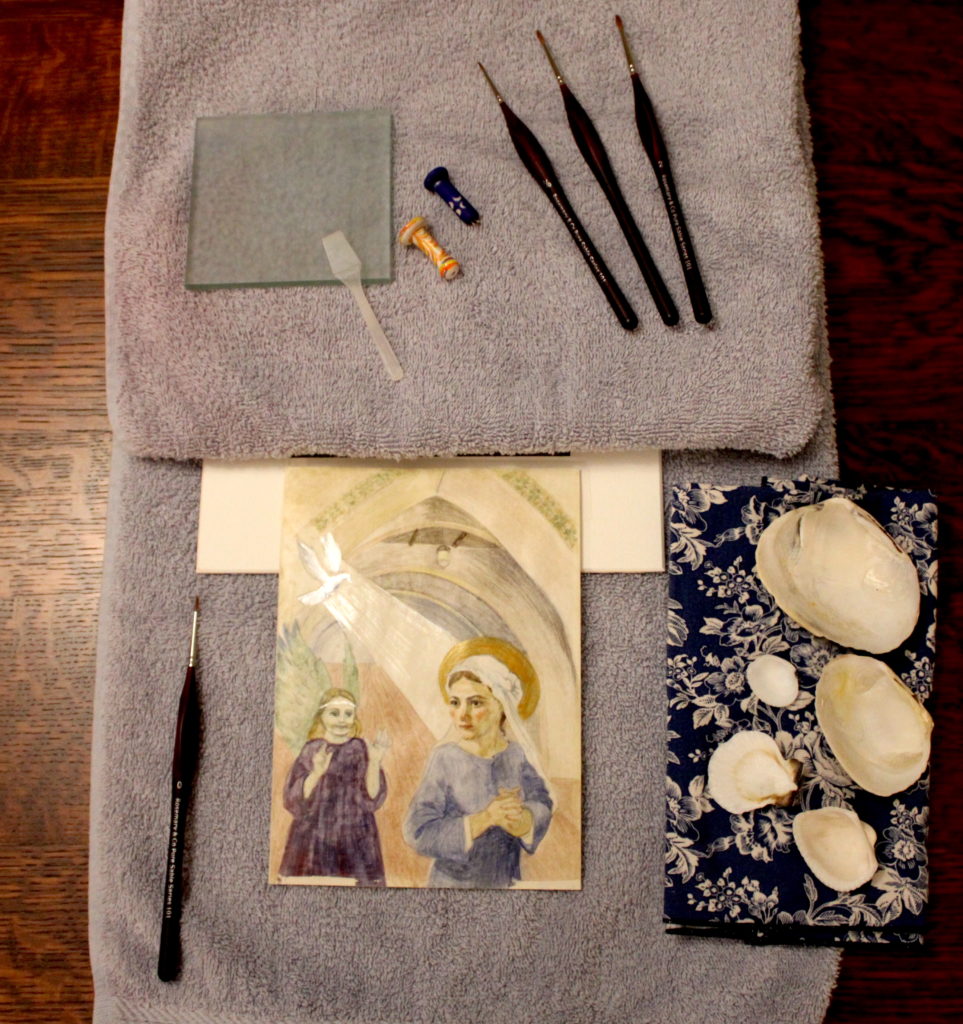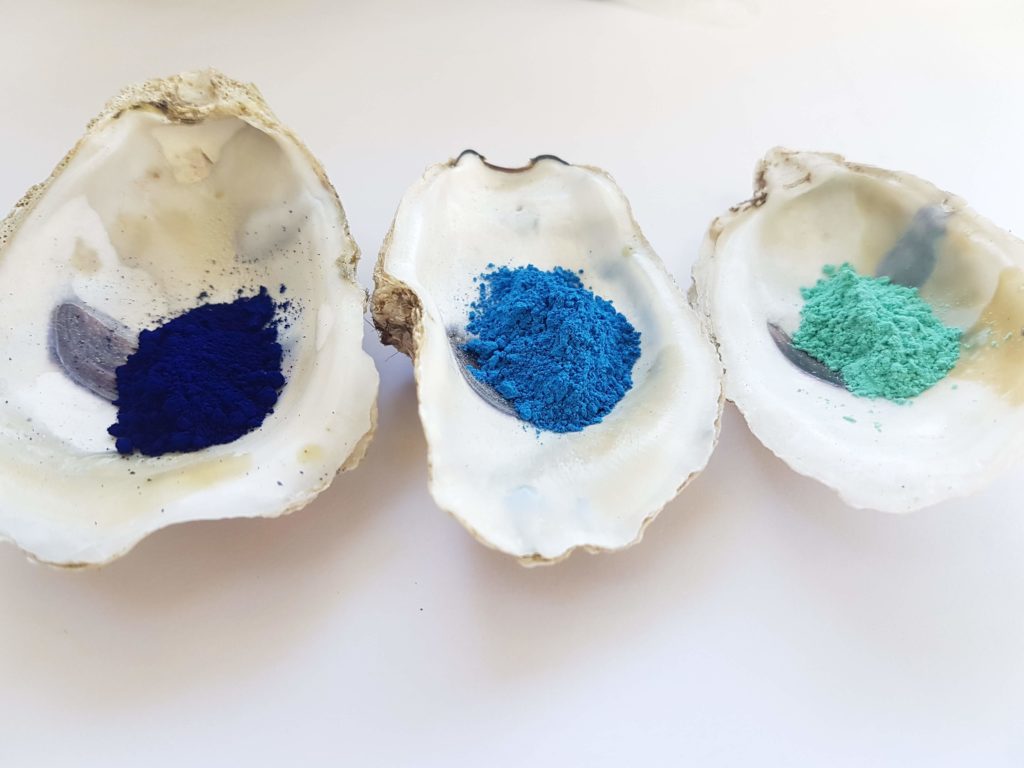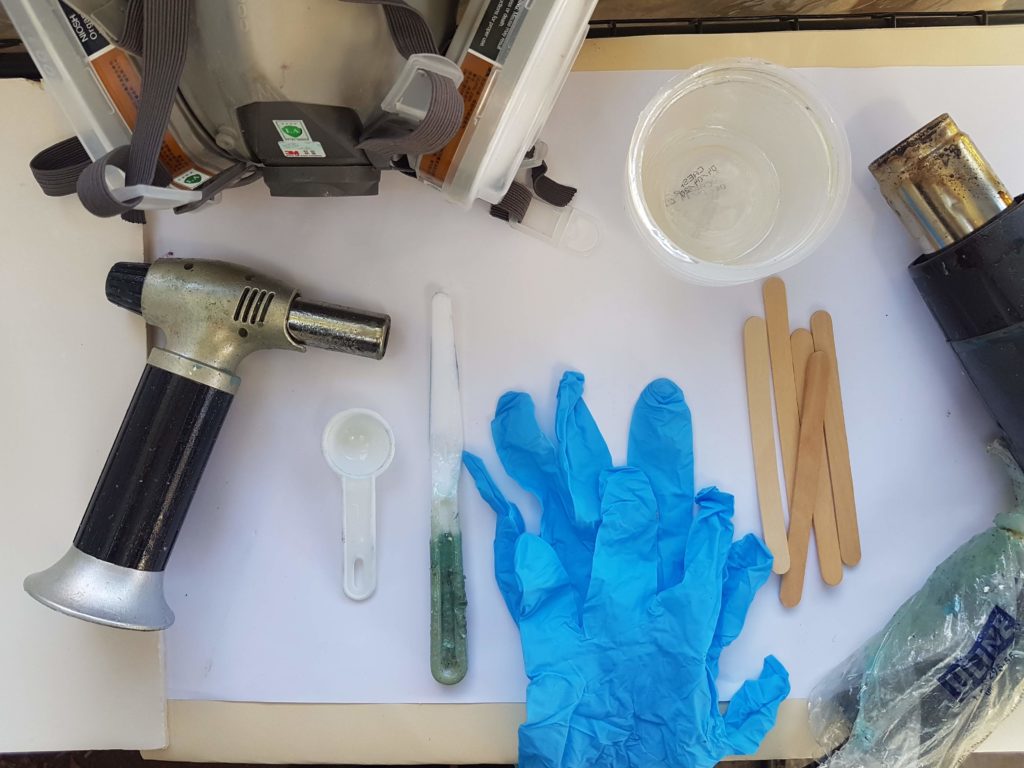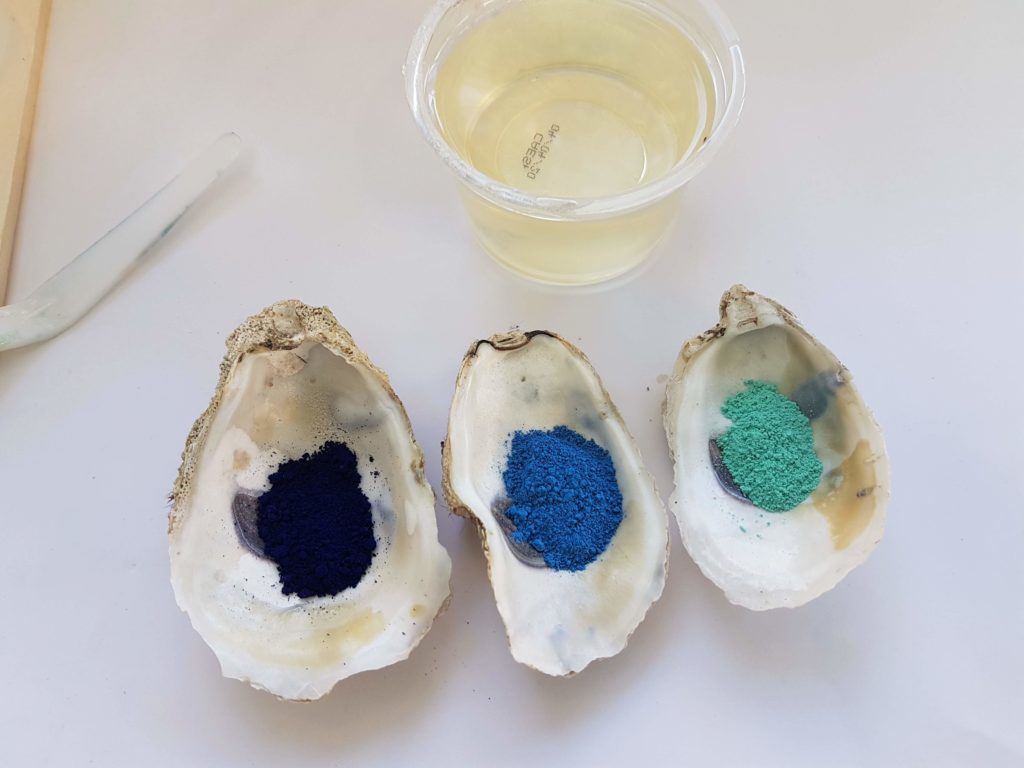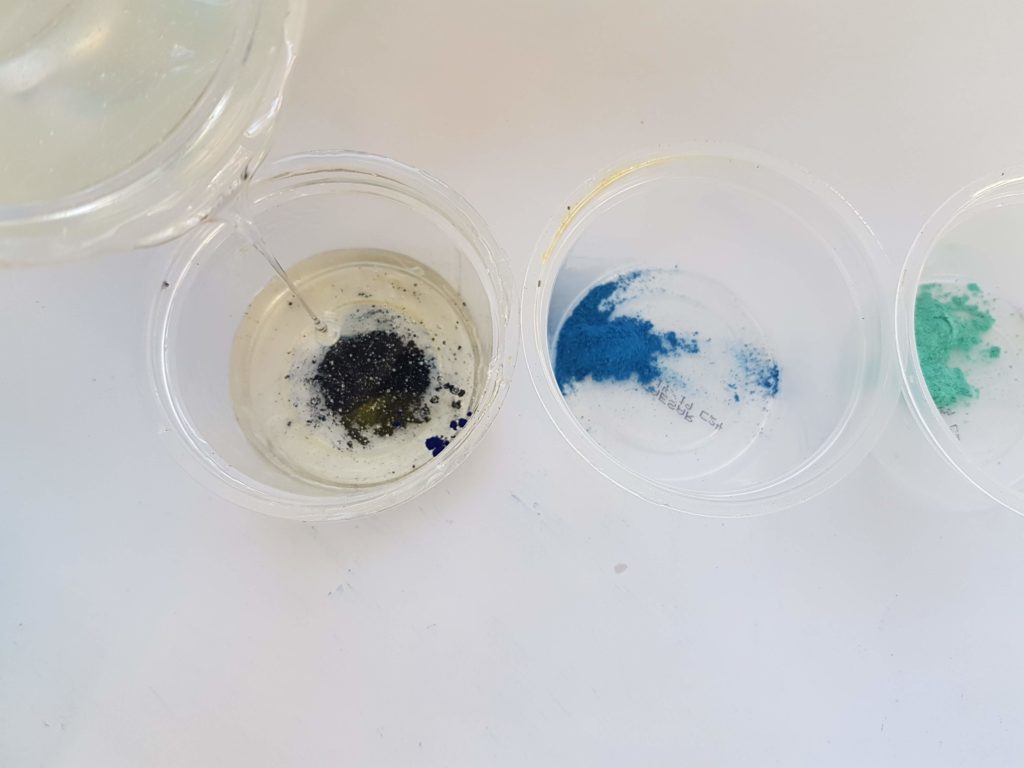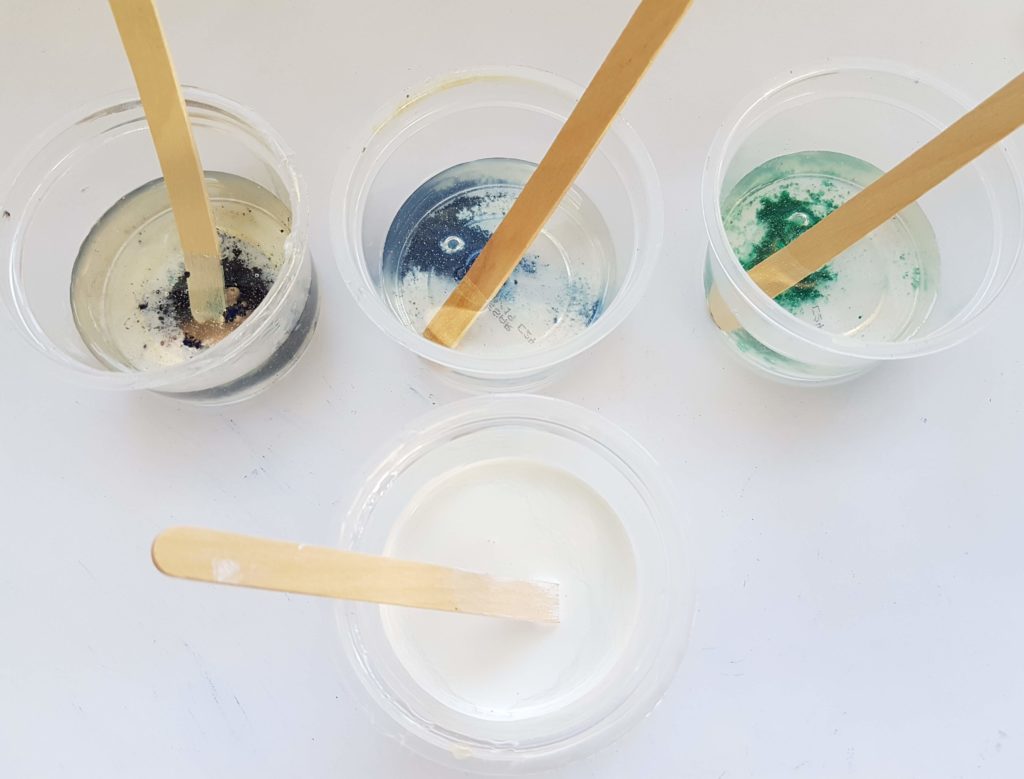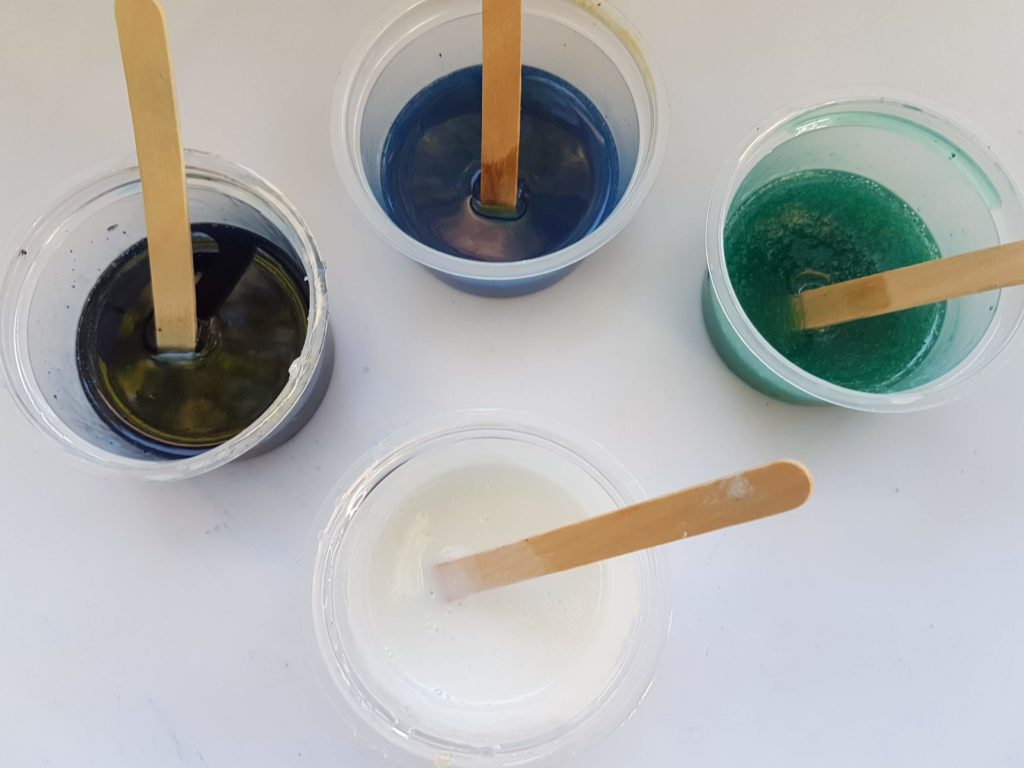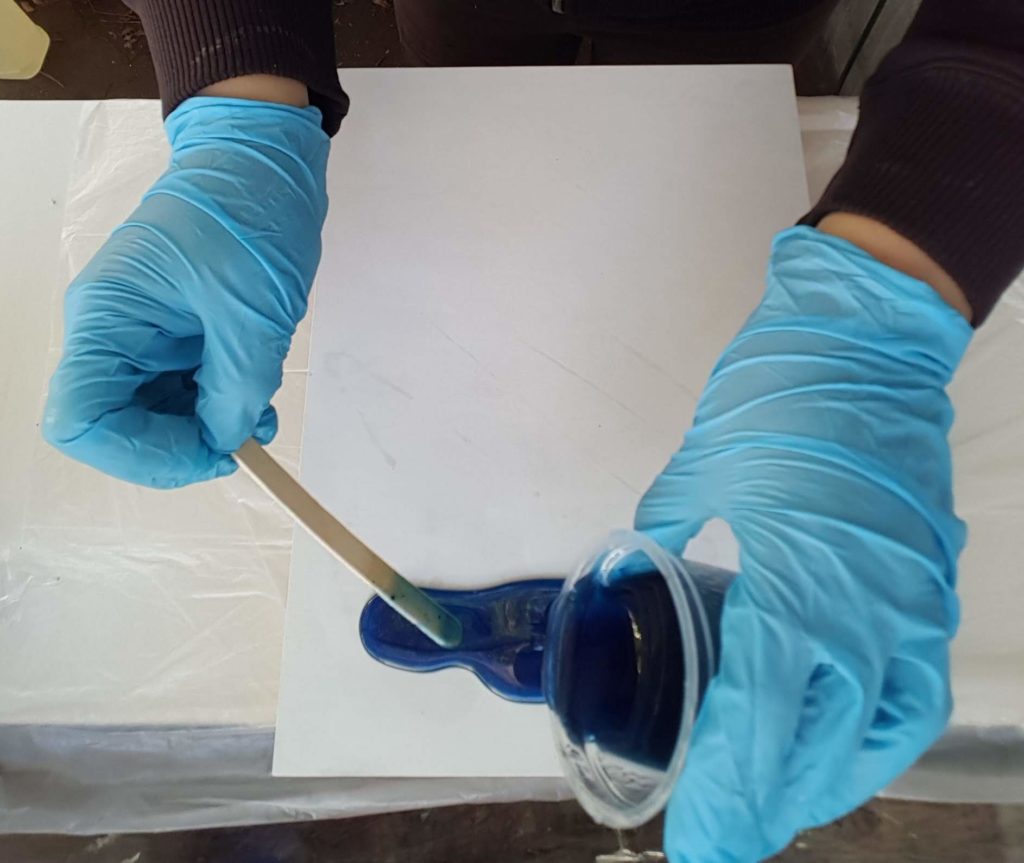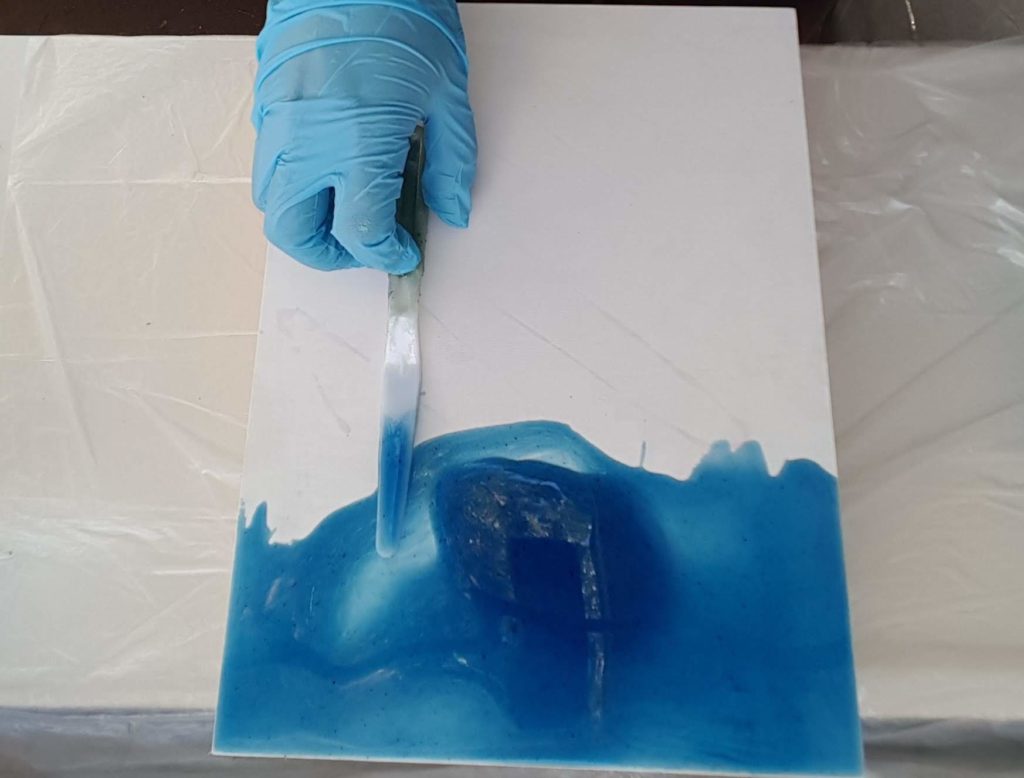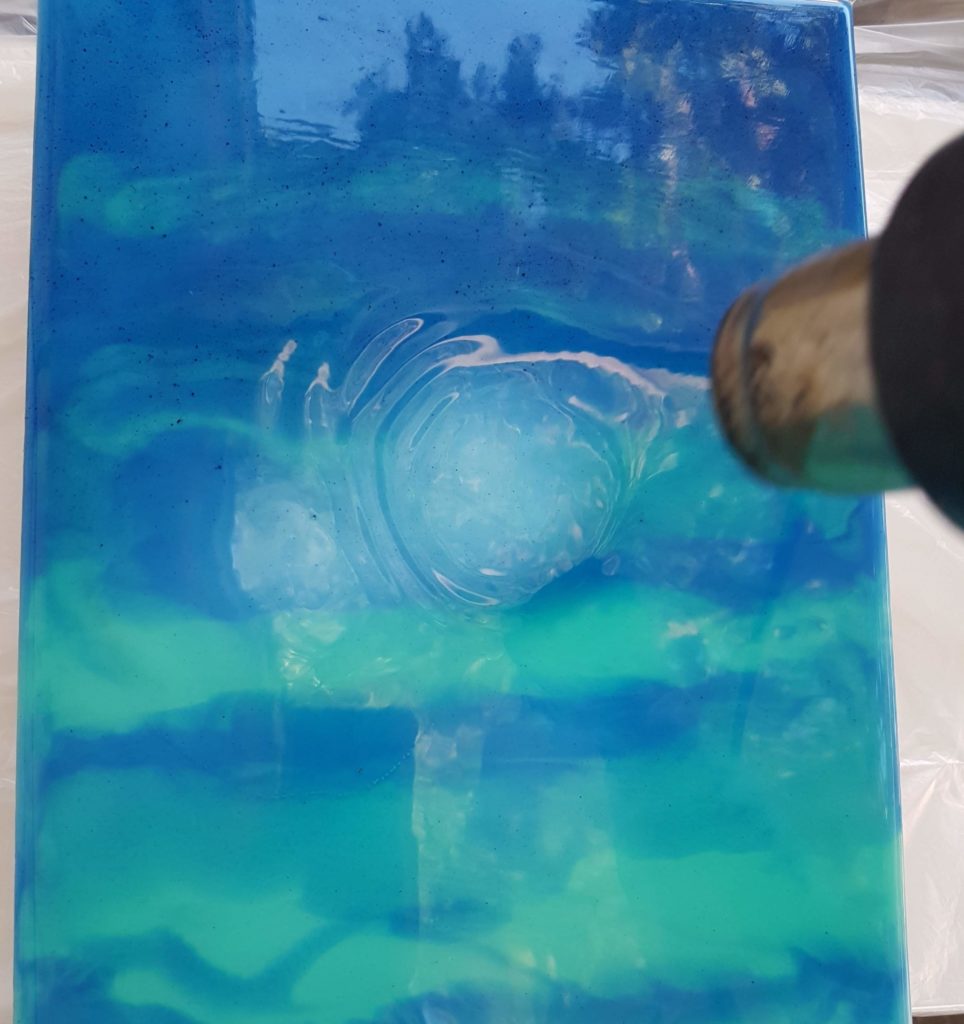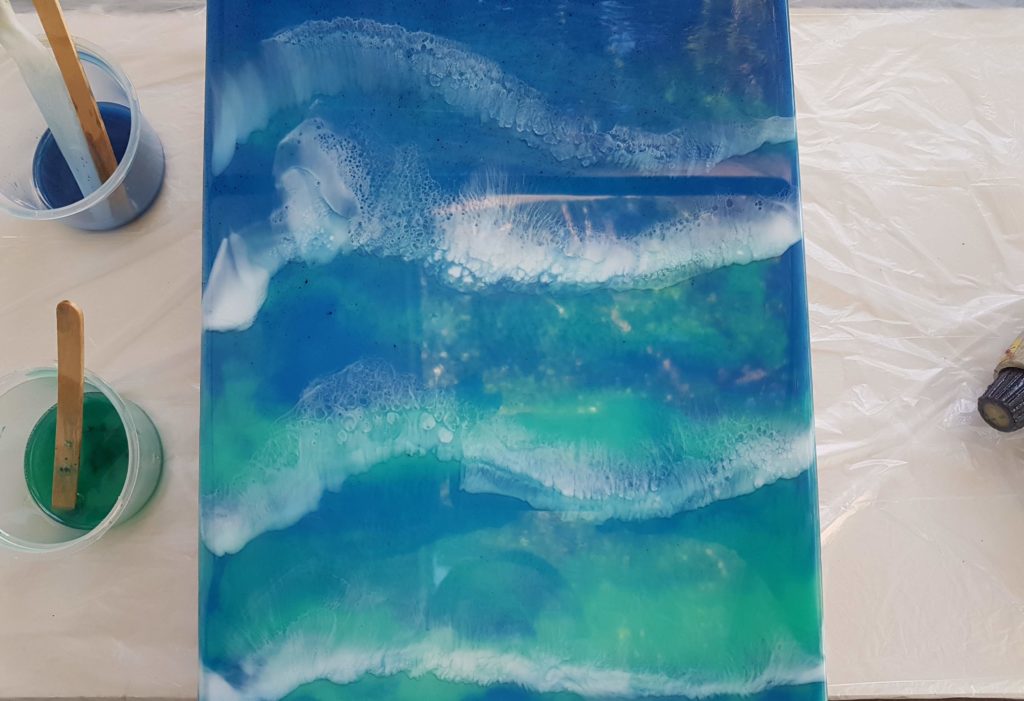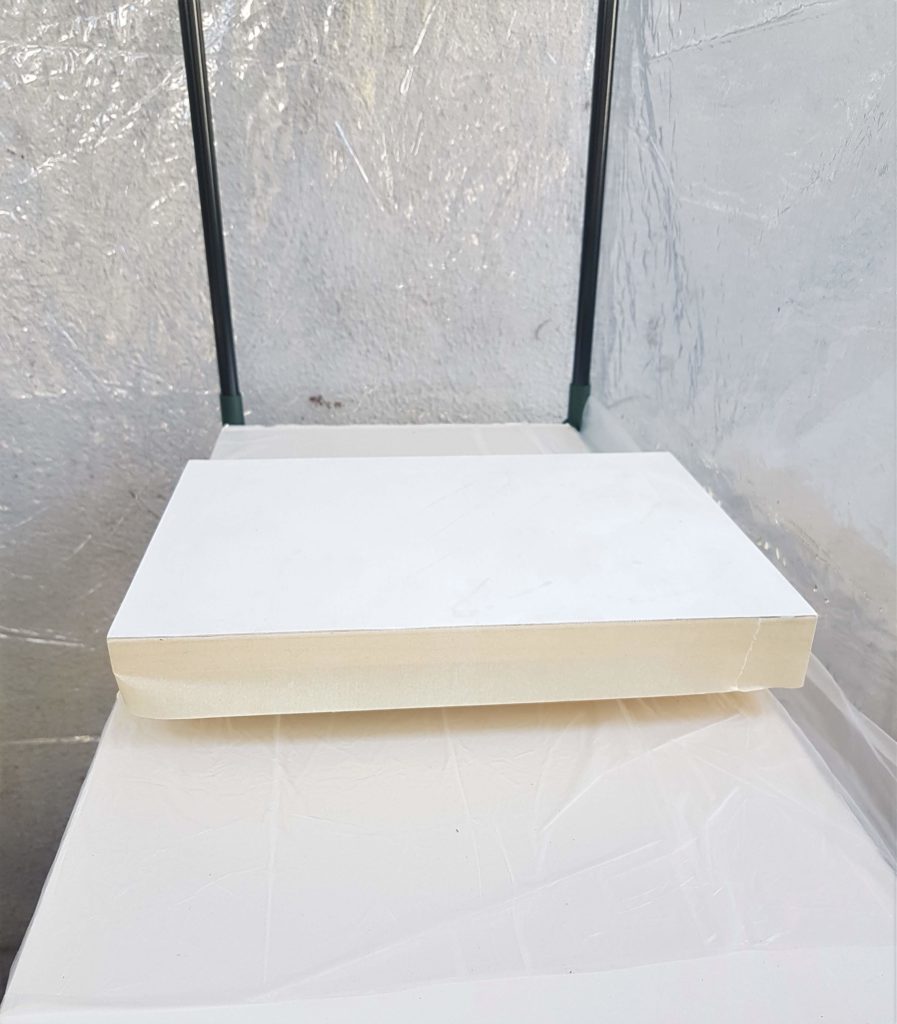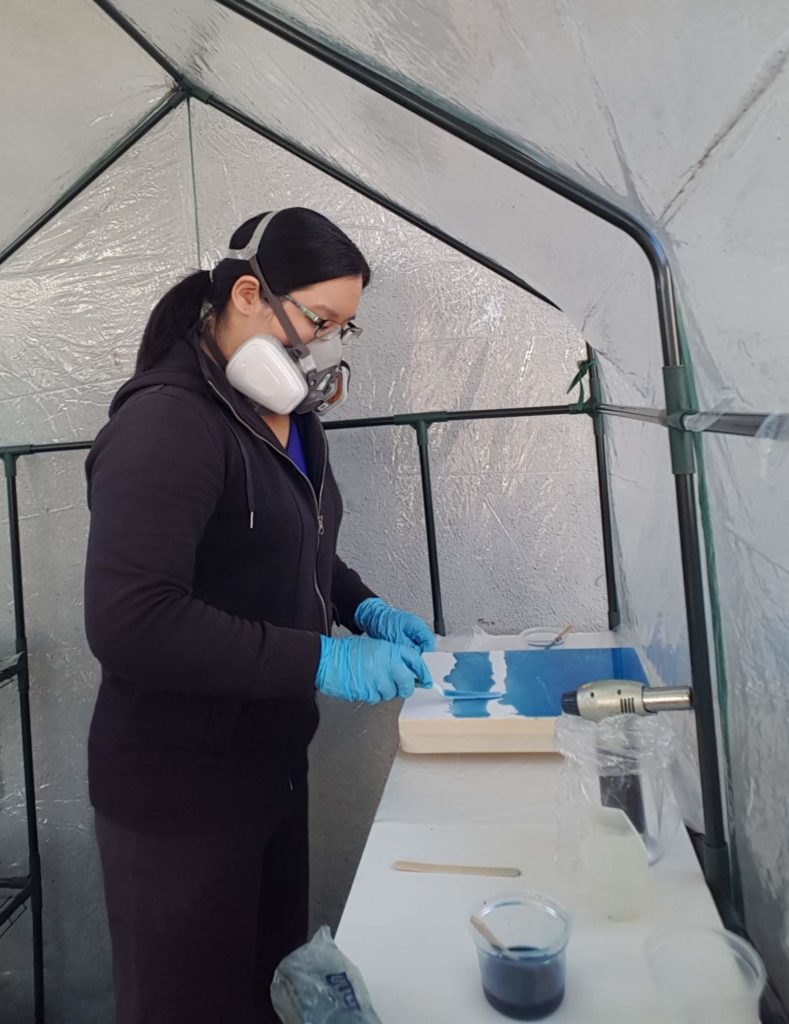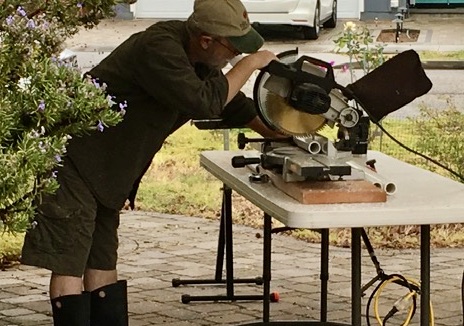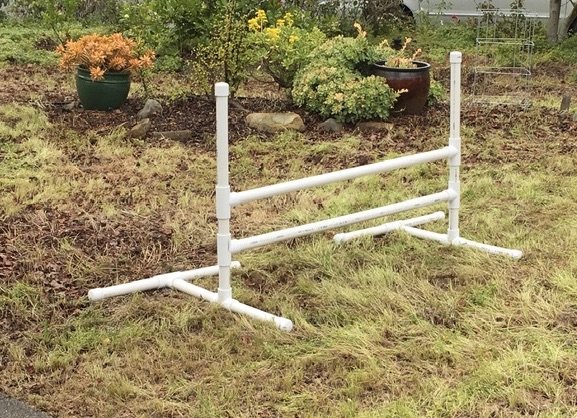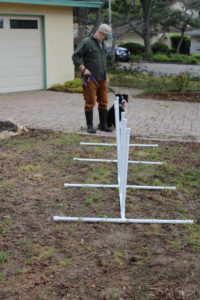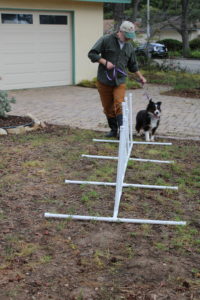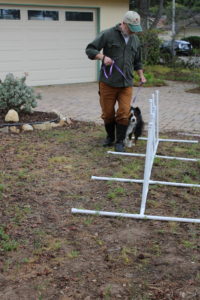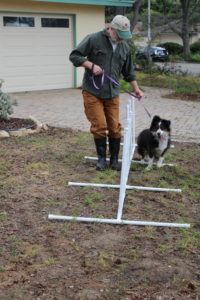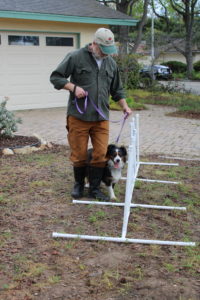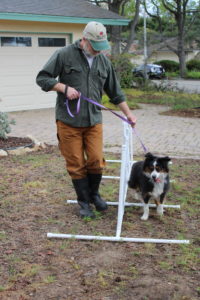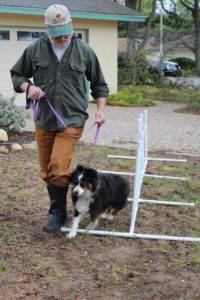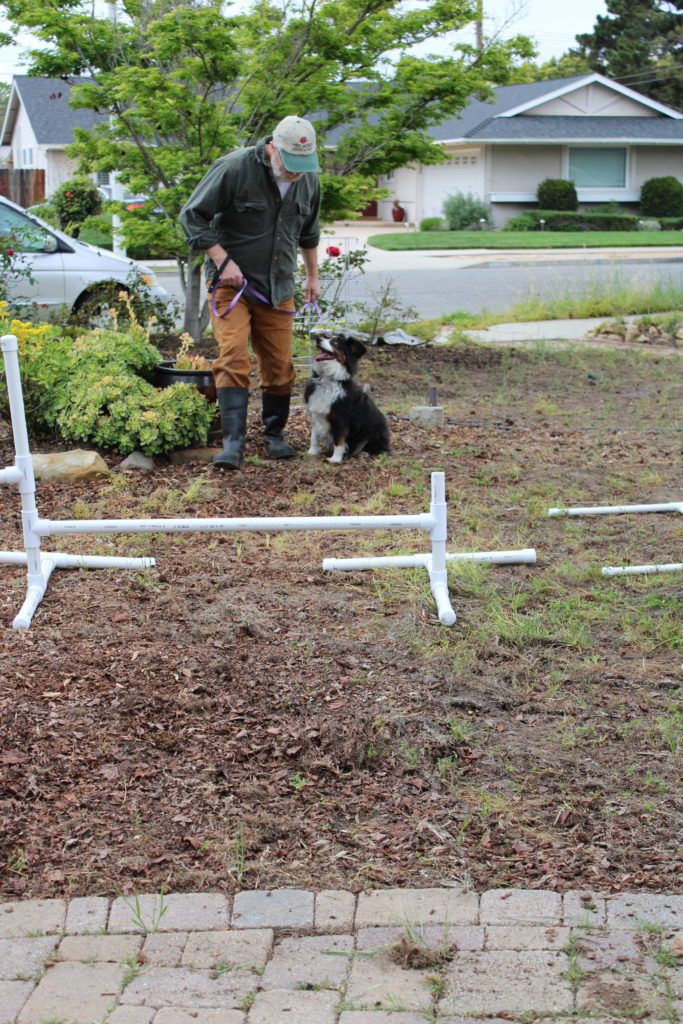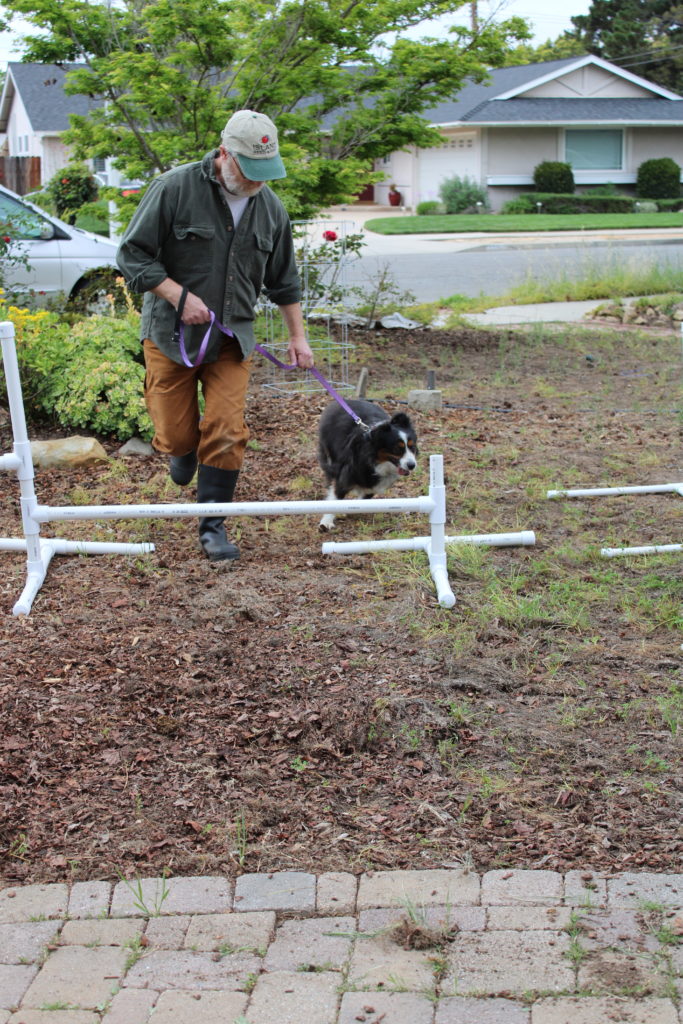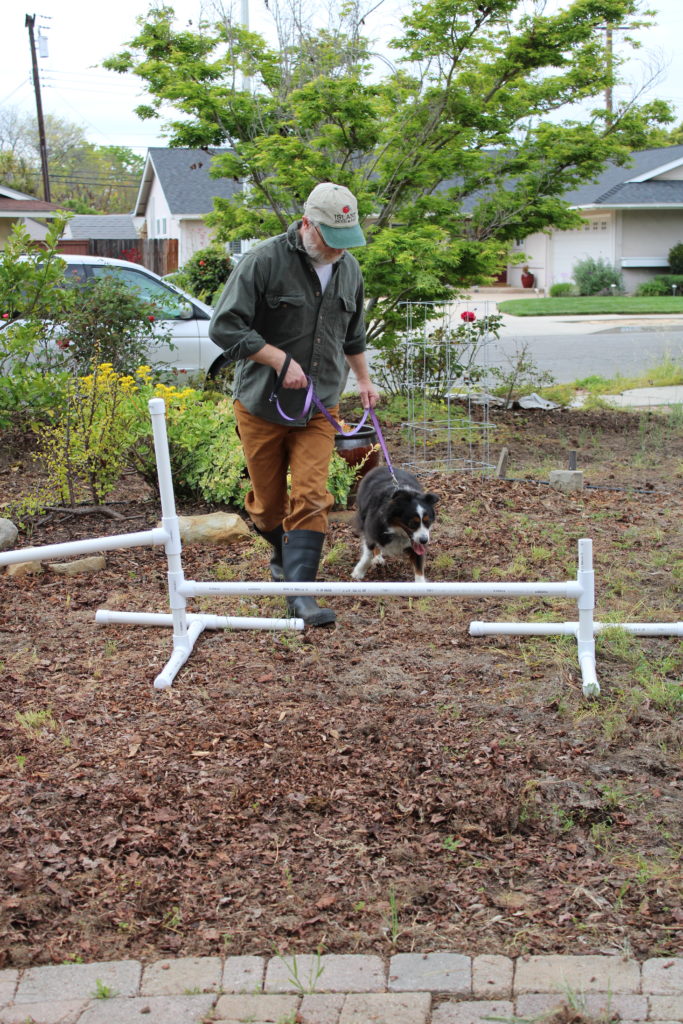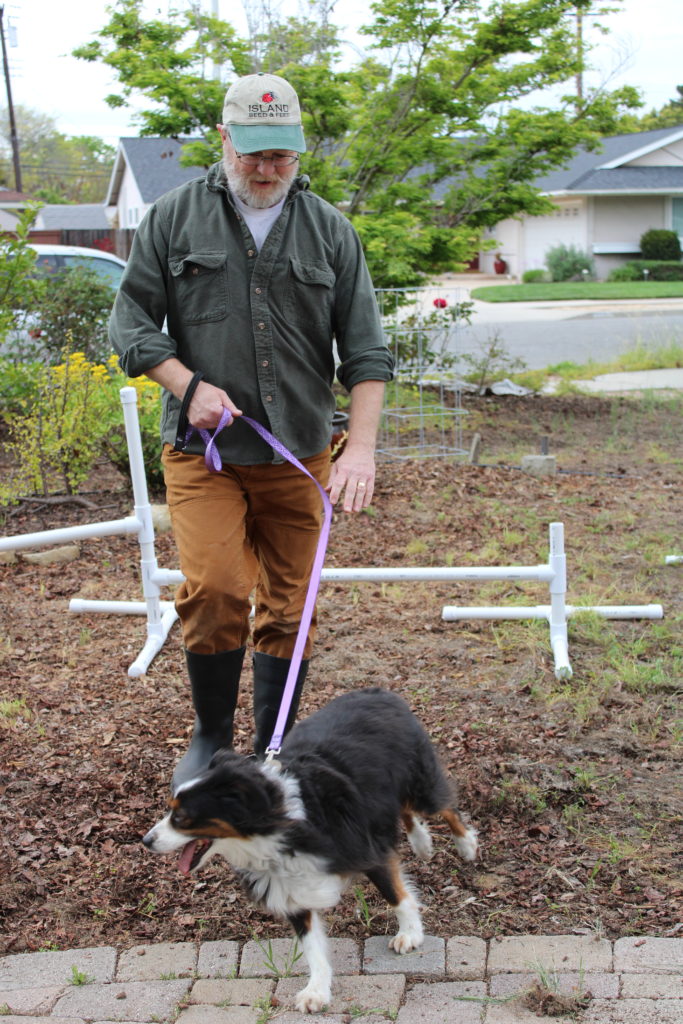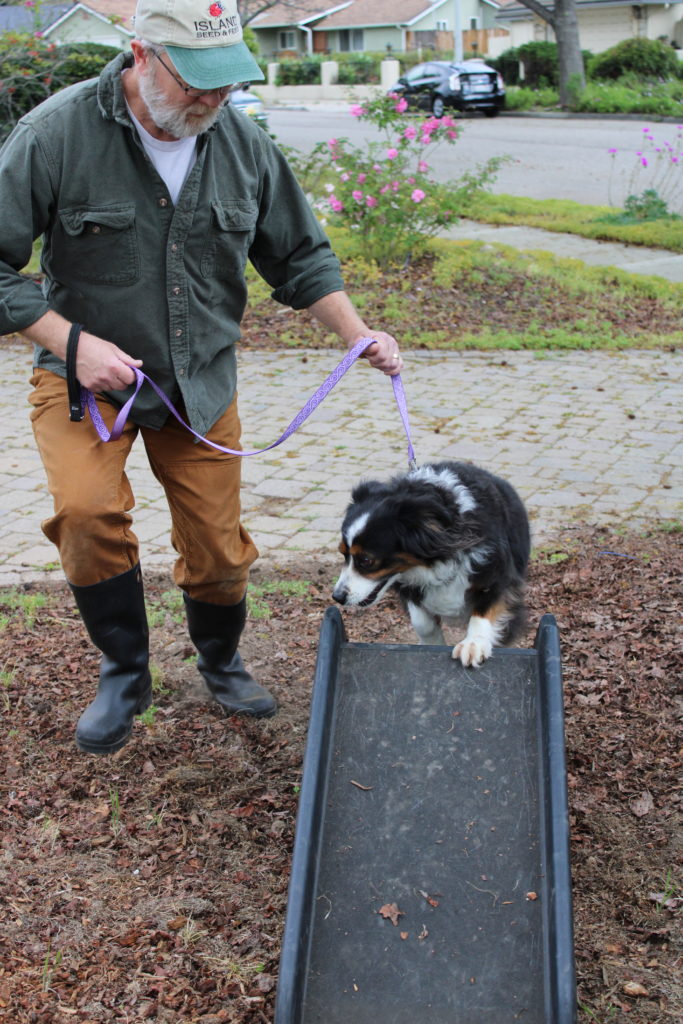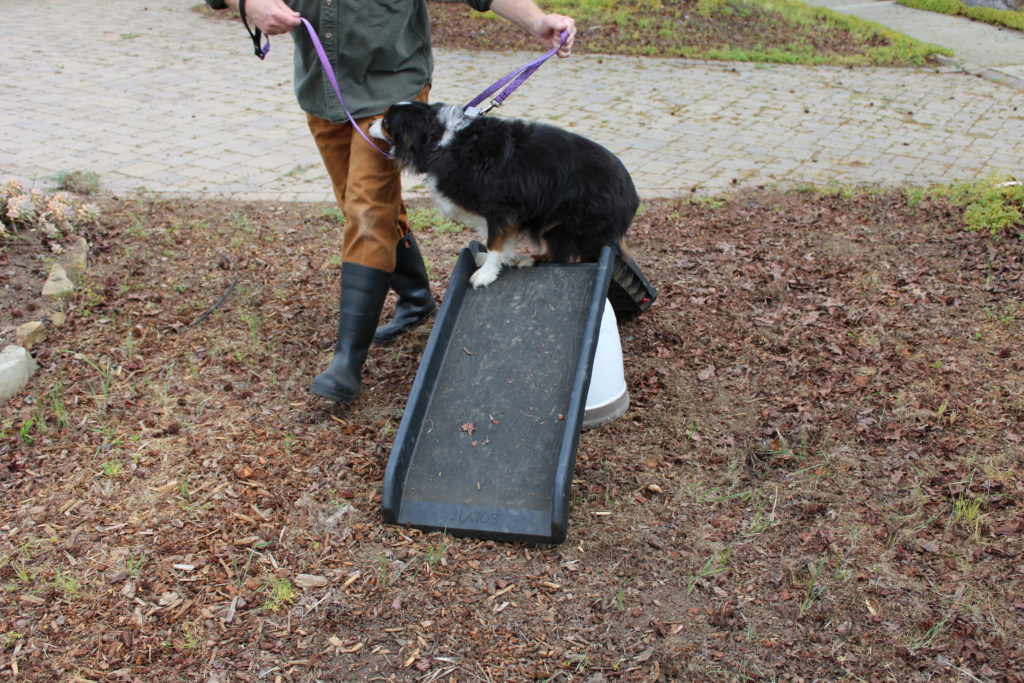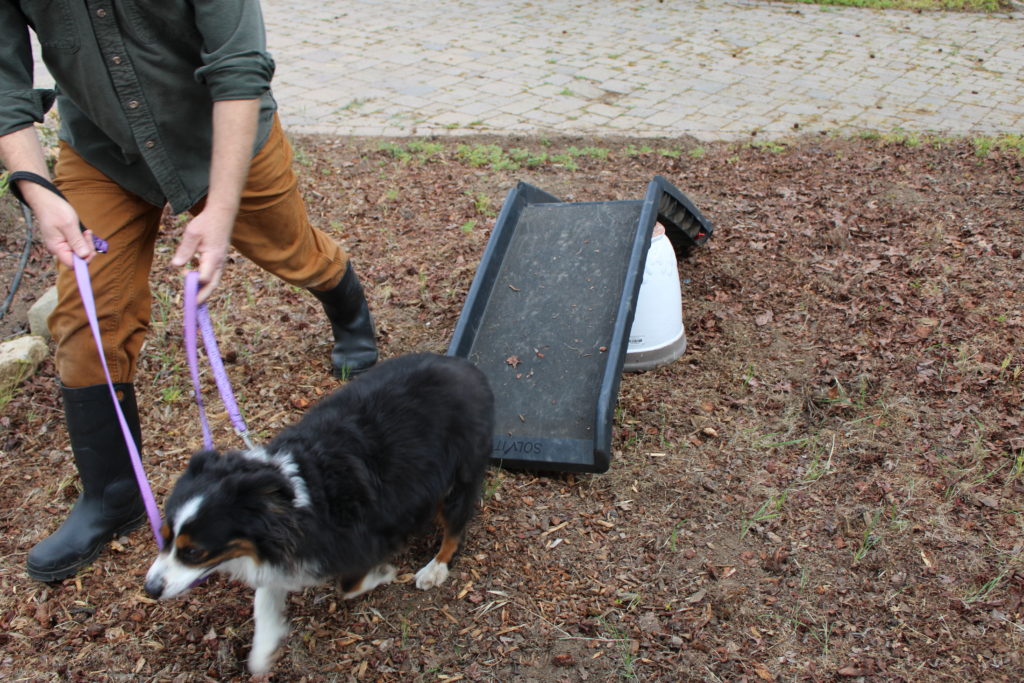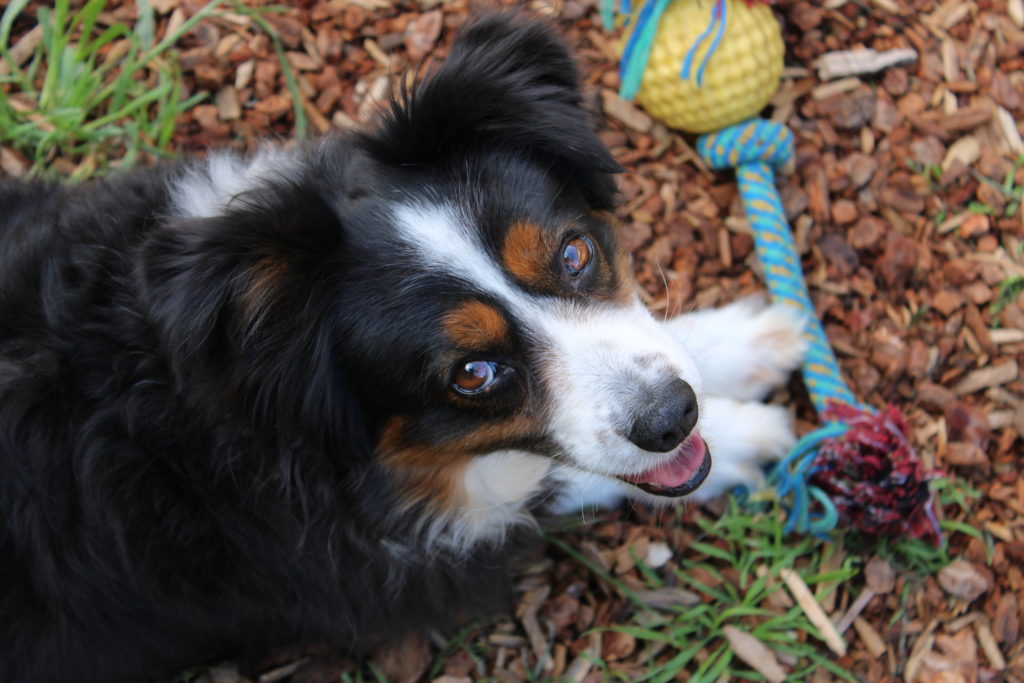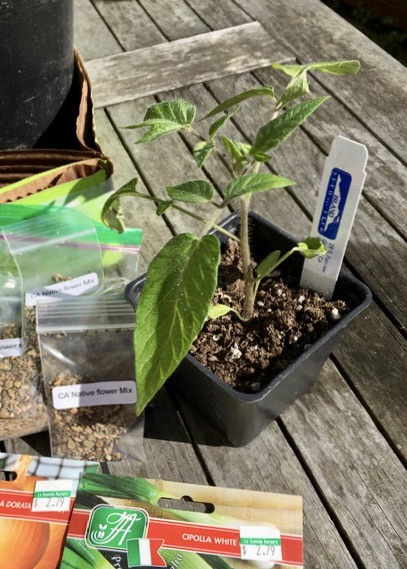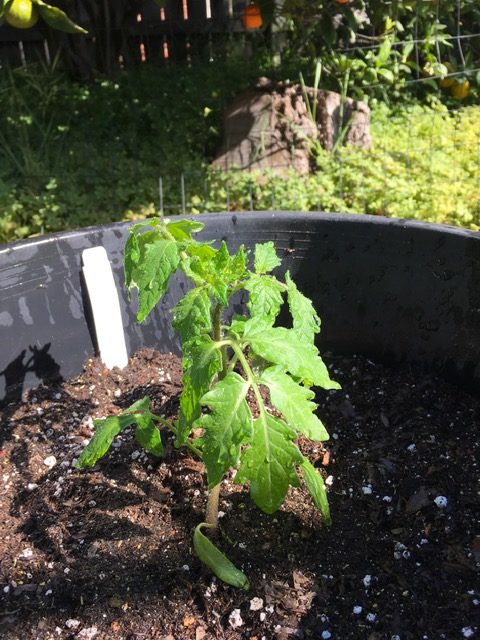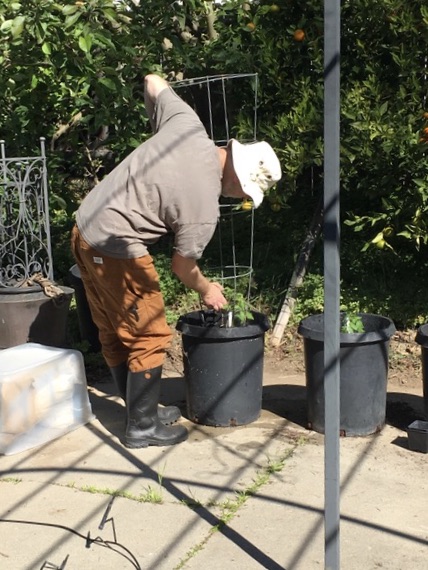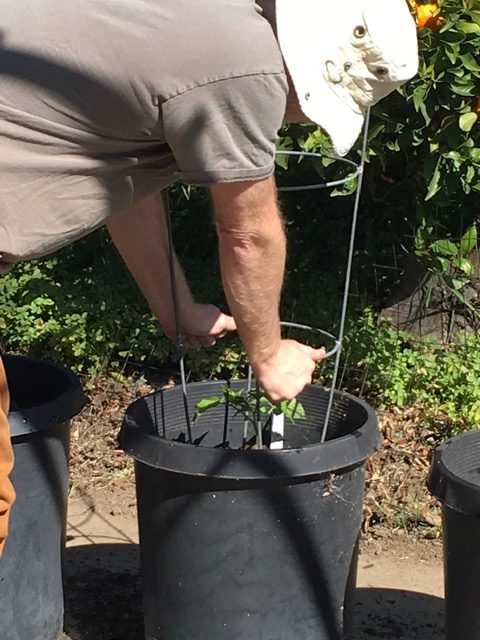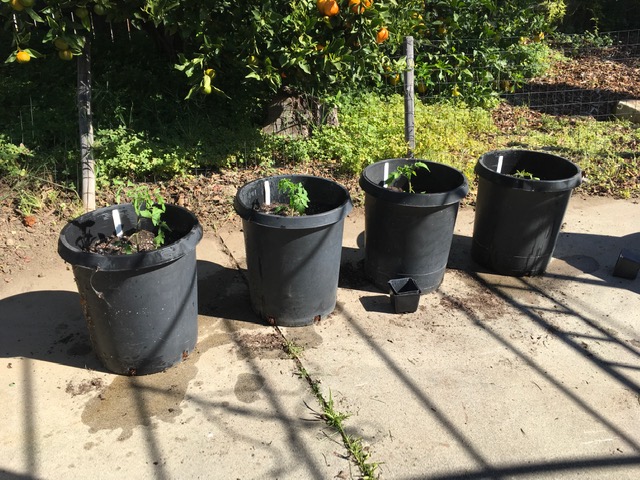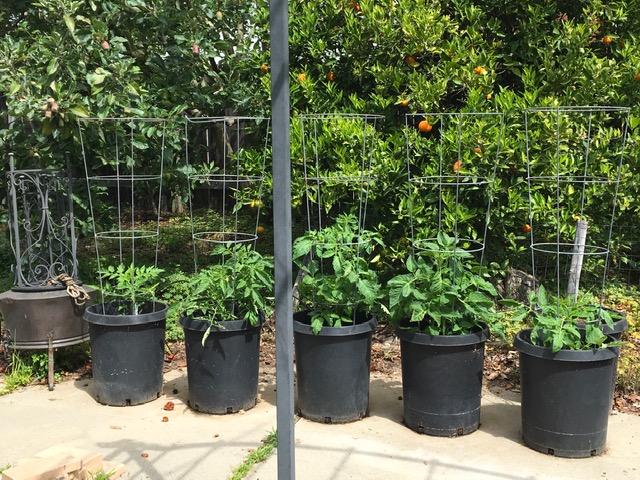The spark of inspiration, combined with artistic skill and patronage by wealthy families or the Church are often the “back story” to many of the world’s great art pieces.
On a trip to Italy, we amused ourselves by capturing the many attitudes and poses of Mary and the Angel as we toured museums.
I’m particularly fond of the story of the Annunciation, where an Angel of the Lord visits a young woman, saying, “Hail, Mary!” Here, I found that angels can have multicolored wings.
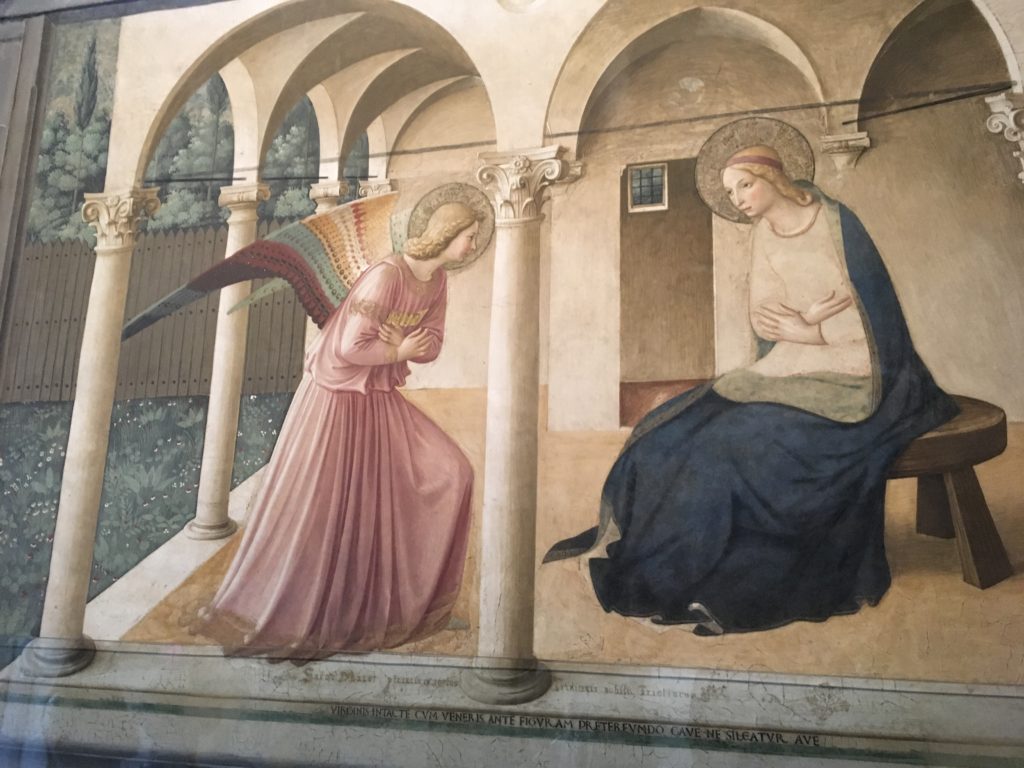
As we are avid readers, we were laughing to see how Mary is often seen reading. Sometimes she is surprised, or annoyed, or turning away from the interruption.

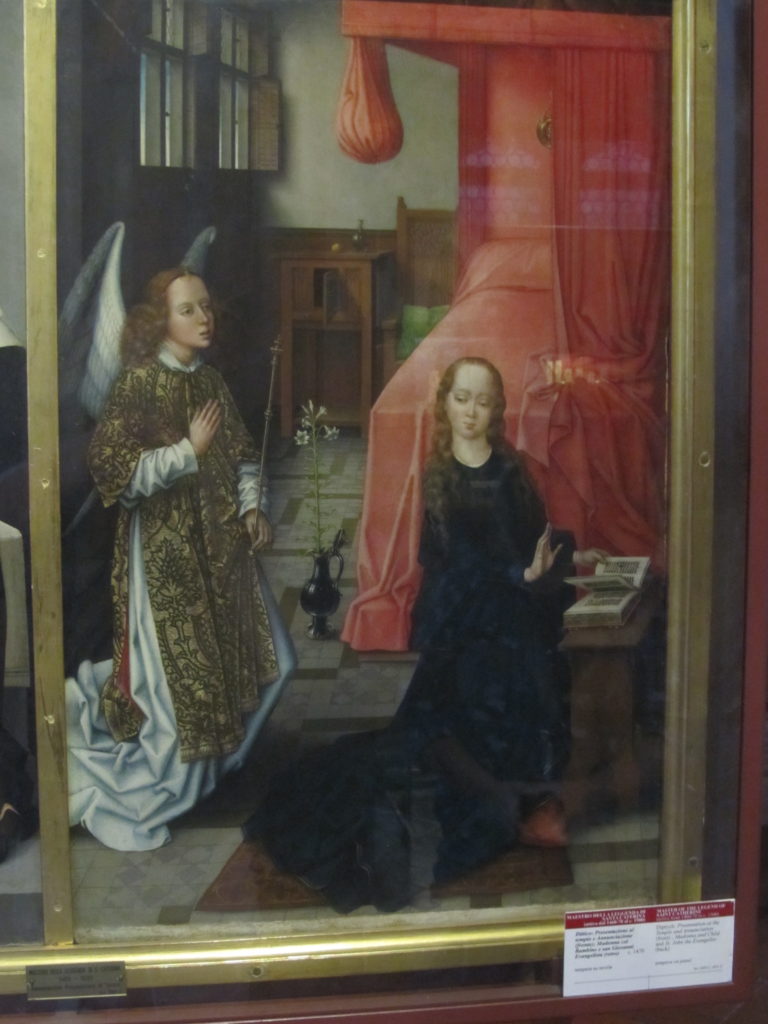
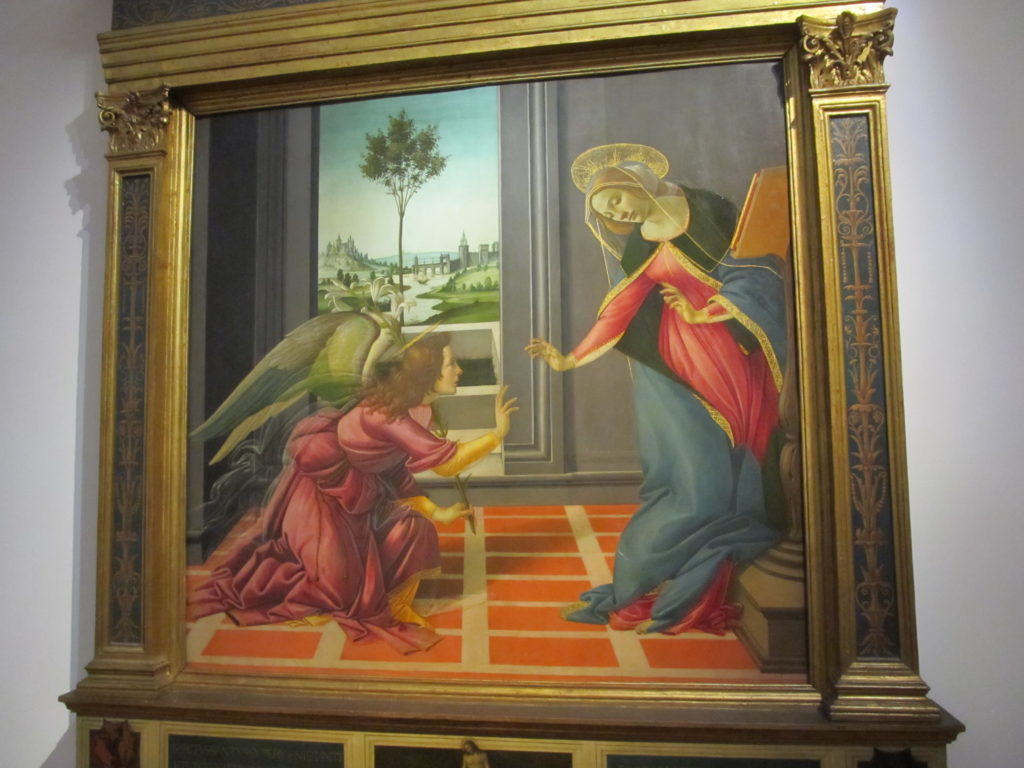
The earliest examples we saw of the Annunciation were done as fresco (pigments painted into wet plaster on walls) or egg tempera (pigments bound with egg yolk and/or egg white) on animal skin parchment or painted on wood panels. We were astonished to see how brilliant the egg tempera was even though 600 years had passed!
Only in the later Italian Renaissance were the pigments bound in oil medium, usually upon a ground of gesso on panels or canvas. In contrast to the tempera, some of the oils had darkened. Or, reactions had set up between the lime in the fresco and the pigments themselves.

In most of these and other paintings of Mary, her gown and robe are painted in the most valuable and expensive pigments of the day. Both she and the angel (and a dove) may have haloes of gold, are surrounded by gold leaf or by rays of shell-gold paint. Great care was taken in depicting her surroundings, whether she is kneeling, sitting by a tapestry, or architectural elements- the artist used the “newest” style of perspective.

Our sincerest thanks and appreciation go to the fine art museums of Italy especially in Rome, The Vatican, Florence and Venice for their exceptional collections and efforts to maintain and restore these treasures for future generations to enjoy!
At Ancient Earth Pigments we strive to make sure that the pure pigments we sell are as versatile as possible. In the individual descriptions of each pigment, you can read whether it will be suitable for the medium you use, today, or the type of art you wish to learn in the future! Families of artists or friends can share a stock of pigments, each artist mixing with the binder or medium of their choice for their project- be it pastel, fresco, egg tempera, watercolor, gouache, oils, acrylics or even ceramics. One of my teachers is using our pigment to tint the grout around her inlaid turquoise jewelry!
Here is one of my works in progress- “The Annunciation” in egg tempera on sheep skin parchment. I’ve completed Mary’s face and headdress. I’ll deepen the values of her blue gown. The archways and background will be detailed now that I’ve established where I want the dove’s beam of light to fall.
The Angel is sometimes depicted as a child. The Angel’s face has had its under-painting of green shadows. Now, I can add the layers of translucent skin tones on top. Lastly, I’ll define the fingers and hands with stronger highlights and shadows. I’ve also shown some of my favorite tools. Wish me luck!
